The “Modern Agricultural Science and Technology of China” Display (2001-2005) in Hall No. 4, covers an area of about 1,800 square meters, comprised of “the Preface Hall”, “Modern Agricultural Science & Technology Exhibition” and ”Agricultural New and High Technology Exhibition”. Pictures, texts, objects, models, and man-made landscape are presented in the exhibition, combining sound, light, electronic, and multimedia methods.
The huge agricultural panoramic copper relief is the highlight of the Preface Hall. Modern Agricultural Science & Technology Exhibition displays the major developments in scientific research of planting, animal husbandry, fishery and farm machinery since 1949, especially those outstanding achievements in crop planting and breeding, modern cultivation techniques, field irrigating techniques, and low-yield farmland management.
“Agricultural New and High Technology Exhibition” introduces biotechnology, information technology, precision agriculture, and nuclear agriculture. Agricultural biotechnology includes cell technology, genetic technology and fermentation technology; agricultural information technology exhibition displays how the technology of modern agricultural management greatly accelerates changes from traditional extensive to modern intensive agriculture, from a labor-intensive orientation to a knowledge-intensive orientation.
Due to an integration of various technologies adopted in agriculture production, such as telemetering, the global positioning system, computer networking, and geographical information systems, a systematic and comprehensive farming approach has been mastered, including agricultural breeding, sowing, fertilization, irrigation, disease prevention, and harvesting. Thus, agricultural resources can be used rationally, and sustainable agriculture can be developed on the basis of water conservation, harmlessness, and freedom from pollution.
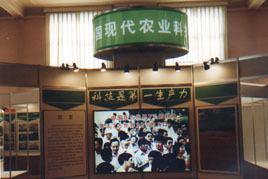
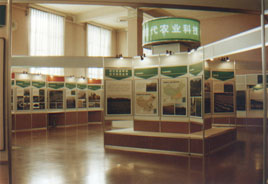
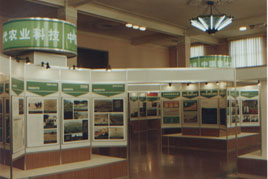
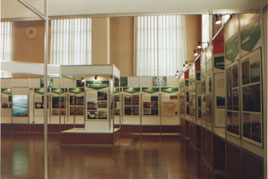
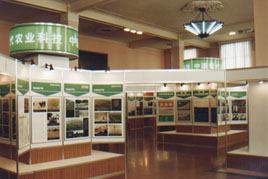
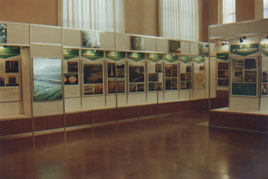

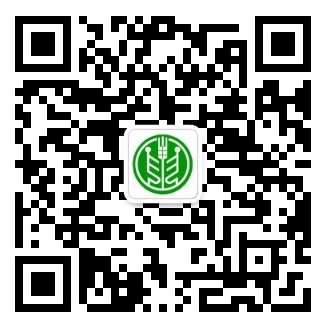
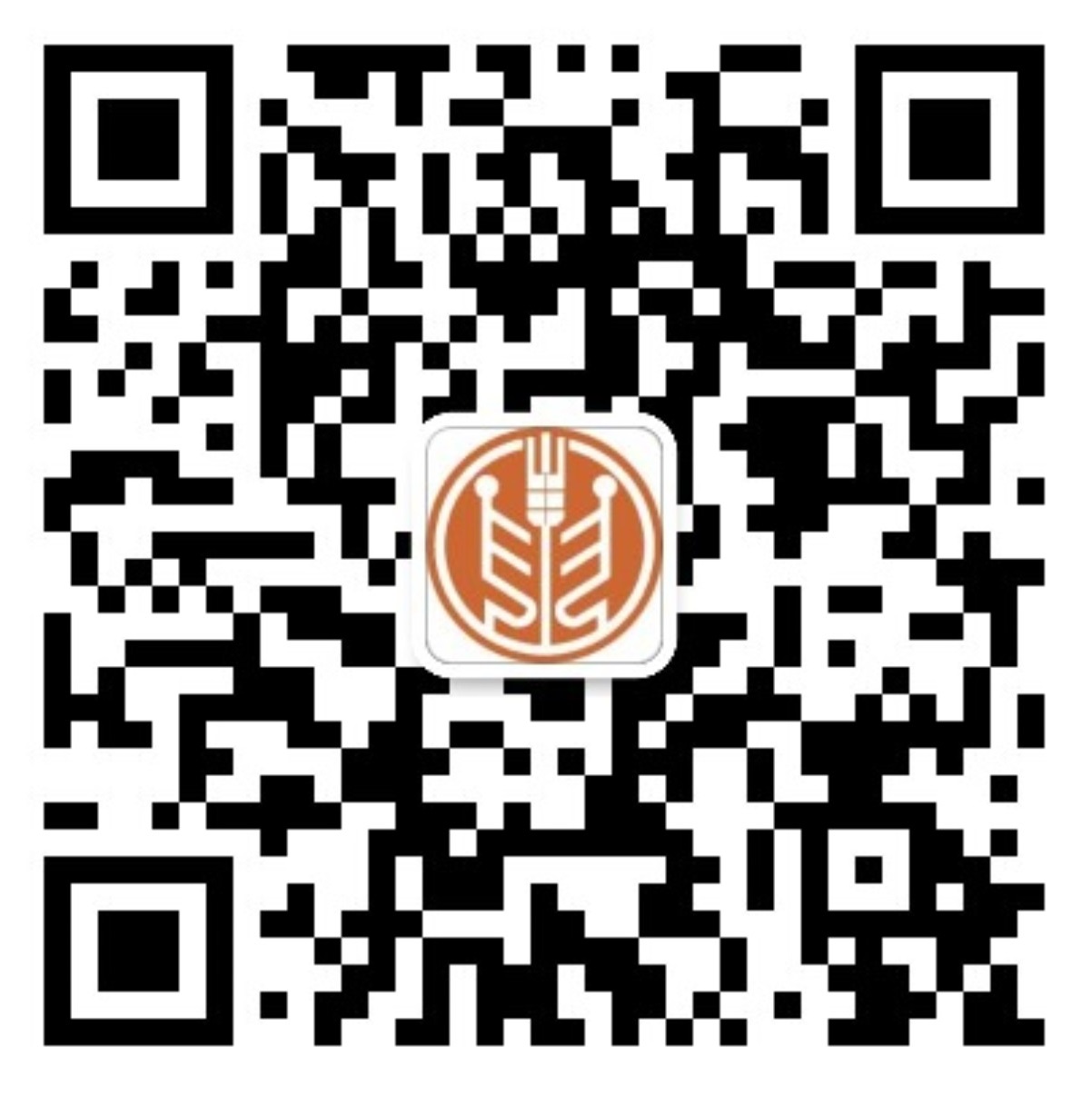
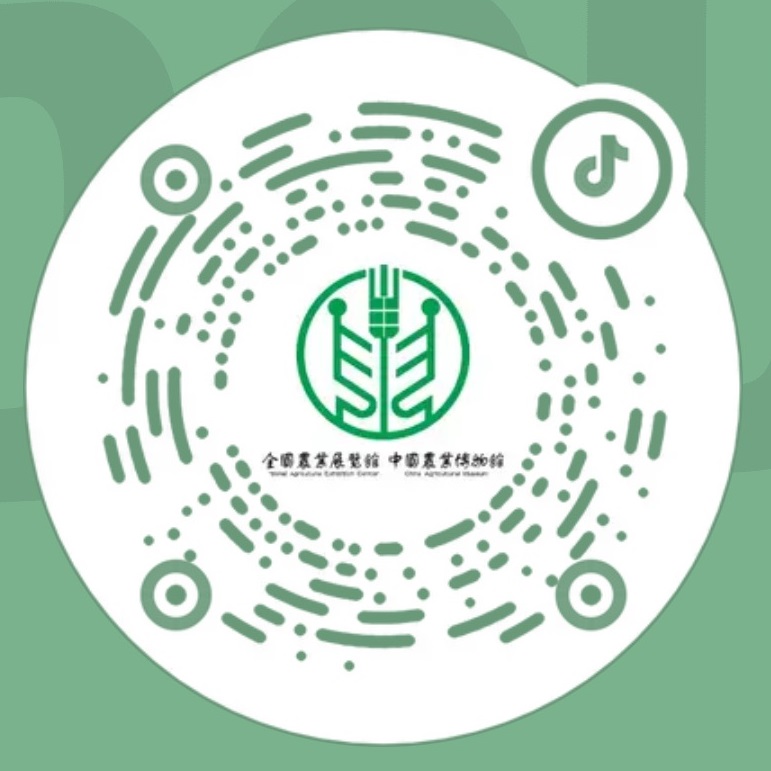
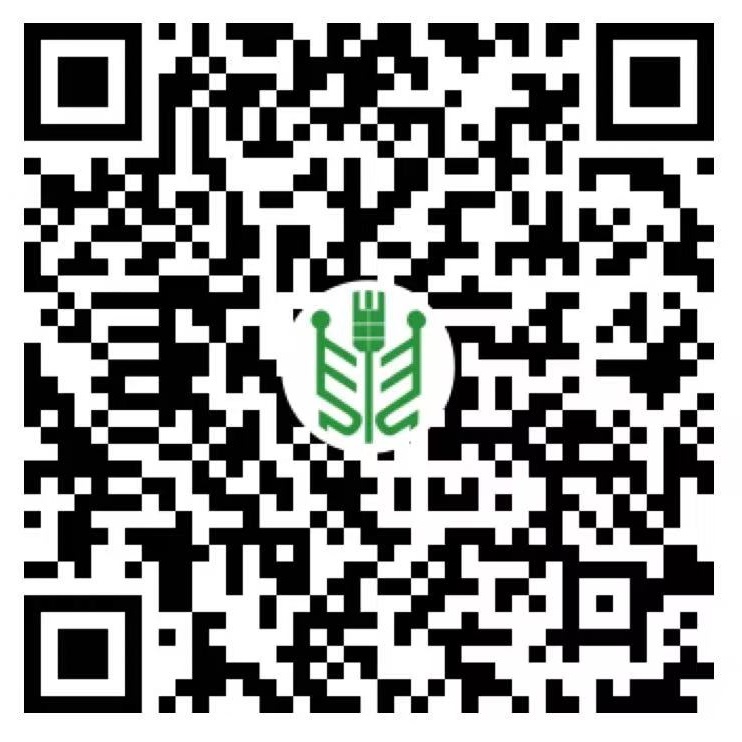








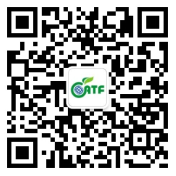
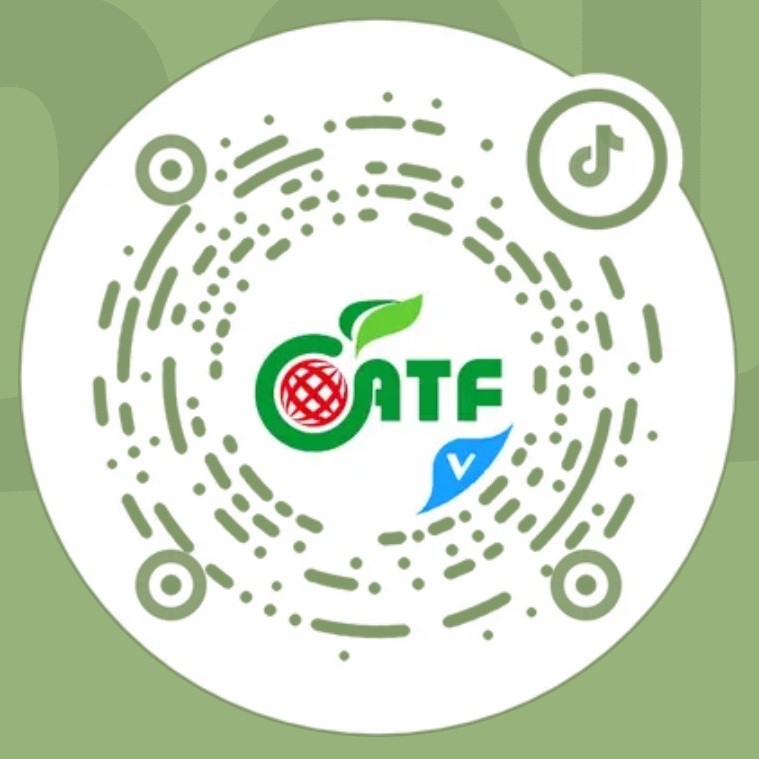

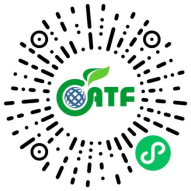



 Index
Index 